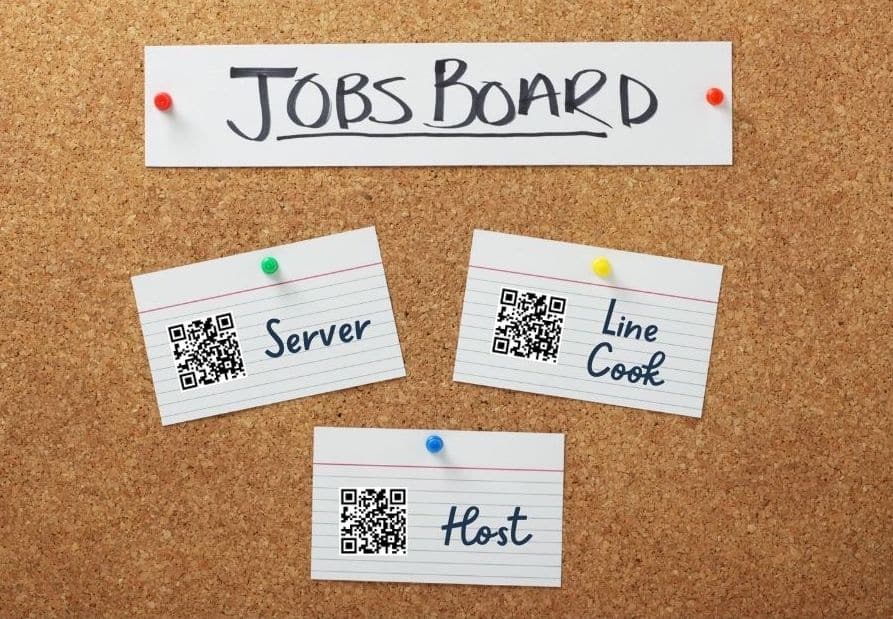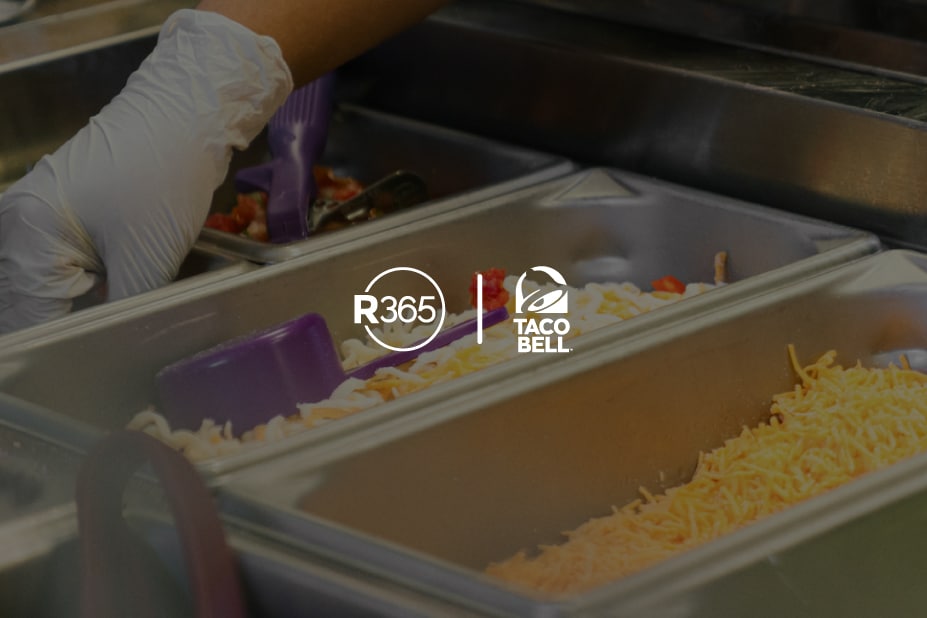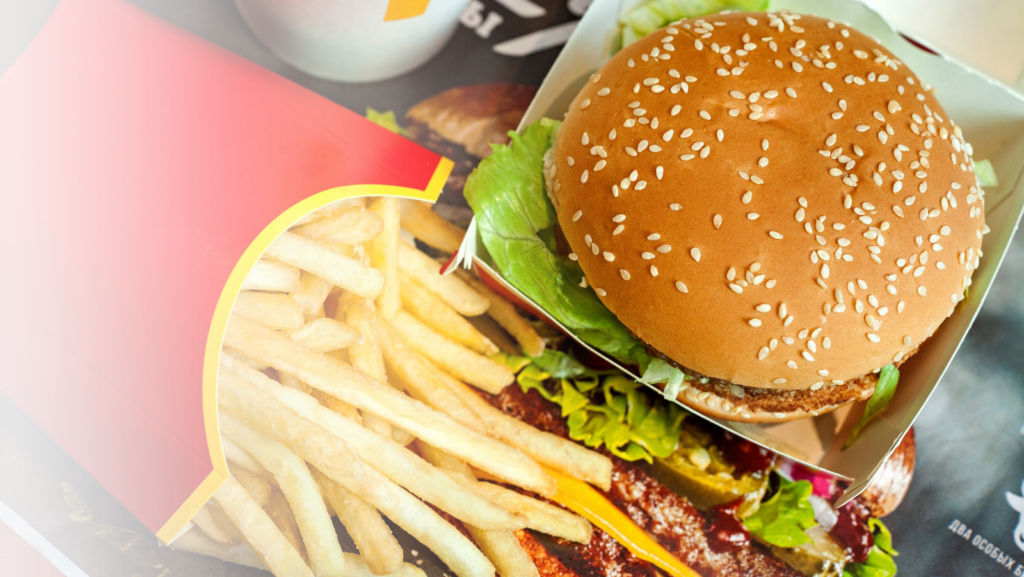Is there a restaurant labor shortage in 2023?
According to the Society for Human Resource Management (SHRM), the labor shortage is forecasted to persist for years.
“Demographic shifts and aging populations mean countries like the U.S. will experience an ongoing shortage of workers and hiring will remain challenging for years,” said Svenja Gudell, chief economist at Indeed. “It is a fundamental error to think that as COVID-19 recedes, hiring difficulties will evaporate. Deep-seated and long-term supply dynamics will continue to be a major force that creates a persistent gap between employer demand for new hires and the supply of candidates.”
The industries with the most job openings during the labor shortage are the transportation industry, the health care and social assistance industries and the accommodation and food industries, according to the U.S. Chamber of Commerce.
This shortage is because of the COVID-19 pandemic and other factors like the “great resignation,” which both left 10 million job openings but only about 5 million unemployed workers to fill them, per the U.S. Chamber of Commerce.
But to the restaurant industry, the staffing shortage is much more complicated. Labor recruitment and retention has been an issue for our industry even before the pandemic. Workers have been hard to retain due to the long hours, low pay, lack of benefits, burnout, and more. The pandemic and accompanying shutdown merely shook things up to the point that restaurant workers have been able to exit the industry with no intention of returning.
You might find these additional resources helpful to get the talent you require for your restaurant:
How do restaurants determine staffing needs?
Determining the number of FOH and BOH employees that will be needed for each shift can be difficult. There is no definitive playbook, but restaurant operators can get close with careful forecasting by using historic sales data by revenue center and day part.
Certain shifts might need a person devoted to takeout/curbside because of the increased demand or perhaps additional kitchen staff is needed on certain morning shifts to handle deliveries. Using both the day part and the revenue center segments when building out the forecast will ensure that the restaurant has both proper staffing levels and the correct mix of skills.
Consider using restaurant management software integrated with your POS data to automate the forecasting process, reduce your labor spend, save time, and engage with employees.
What to do if there is shortage of restaurant staff
In all types of restaurants, the main goal is to deliver an outstanding customer experience. To create long-term, loyal customers, operators must deliver on customer expectations despite the lack of available labor which means many will turn to restaurant technologies to alleviate the labor shortage.
Here are a few examples of how expanding the use of a technological solution can help alleviate the pain of the labor shortage:
Experiment with QR codes
The restaurant technology behind QR codes has been around for a long time, but the popularity of this tool grew during the pandemic. QR barcodes allow for “touchless technology,” minimizing the amount of contact needed for a transaction. With QR codes, guests don’t need to touch a menu or even a paper receipt during the ordering process should they choose not to.
Install a kiosk ordering system
Food ordering kiosks have transformed the food industry. They are most appreciated for reducing staffing requirements and reducing wait times, but they are also great for decreasing order errors and improving accuracy in order customization.
Offer mobile pay
Mobile apps that minimize contact are here to stay. It is time-consuming for both the customer and the server to use manual checks which involve requesting the check, running the payment, and waiting for the receipt. As a restaurant owner or operator, enabling these multiple payment options may even help your operations by both improving customer experience and offering operational efficiencies for table turns.
Customers are already using mobile pay and contactless payments for online shopping and daily errands, adding mobile pay as an option can help make ordering from your restaurant just as convenient.
Research available robotics
The 2022 Winter Olympics debuted robots hanging from the ceiling in the press cafeteria and serving select cuisines individually, while other robots are actually cooking and preparing meals. However, the average restaurant won’t be using robotics at that level for quite some time.
Even while some fast-food companies have been experimenting with robotics for flipping burgers or working the deep fryer, this technology is still experimental. Even as the technology matures, it will require some level of human interaction, but the prospect of robots filling the gaps in labor and reducing labor costs are exciting.
Conclusion
The current employee shortage has created the need for innovative technologies in our industry more than ever. While nothing can replace human contact and great customer service in the restaurant industry, technology can alleviate some of the major pain points we are experiencing due to the labor shortage.
That’s where Restaurant365 can help. Find out how Restaurant365 can help you use technology to deliver on customer expectation. Our back-office management solutions cover accounting, payroll, scheduling, inventory, manager logbook, and more to give you the insights and intelligence to identify what’s working and what’s not.



